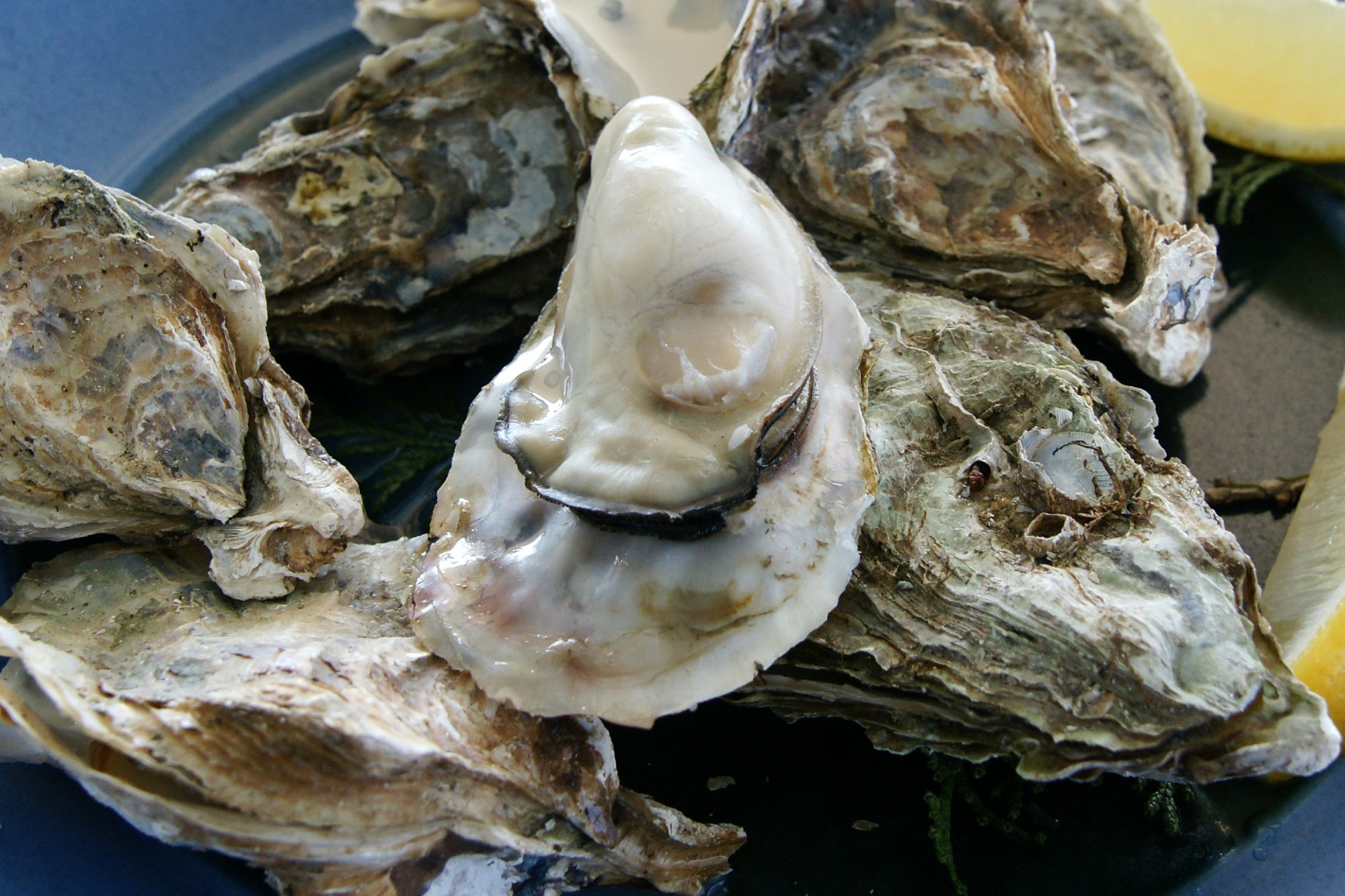There are very few age-worthy white wines made in California. This is one of them. But it tasted like crap, and I am more than a little irritated. This was our New Year’s Eve white, and I was expecting a mature, complex, creamy, buttery wine with some nice fruit and a bit of acid backbone. At least that’s what I hoped for when I spent $80 on this bottle. But those hopes were dashed, and we have yet to recover. The wine was clearly over the hill, with a strong madeirized component, and a powerful chemical flavor and smell on the finish. Maybe I’m just picky, but I like my methyl-ethyl-ketone in the lab, not in the glass. I hoped that these were flavors that would blow off after a few minutes, but they didn’t, and even tasting this wine the next day was a disappointment. I never expect much on the second day, and we got even less. The nasty flavors were still there, but it also had lost whatever fruit was there in the beginning.
This wine was purchased from a reputable dealer, and was stored in my temperature controlled cellar until it was consumed, so there are no excuses. I wrote the winery, and they claimed that their examples were wonderful, so it must have been damaged during storage at the wine shop. Maybe, but it is also possible that the wine just died, and they aren’t willing to admit it.

how do you suspect the wine was stored at the shop for the past few years?
I suspect that the wine was stored at room temperature. While not ideal, it shouldn’t destroy a wine that is clearly made for aging.
do you think they keep the place temperature controlled all night as well?
The store is a high-end wine shop that specializes in wines such as this one. While I am not sure that they keep the joint at a relatively constant temperature, I would be surprised if they don’t. At some point I have to trust that they are doing the right thing. That being said, I will think long and hard before I purchase another expensive wine from them, and I will keep the receipt!
You don’t trust that *anyone* does anything right.
Not fair. I trust most people to do most things correctly. But when it costs me a large amount of money, and the lost pleasure of an excellent wine, I, in the words of Ronald Reagan, will “trust, but verify.”
I bet there are fluctuations of at least 10 degrees per day at this wine shop.
Honestly, I think that’s a issue, and I have a hard time believing with the cost of energy that wine shops are holding a constant temperature. if they have a special temp controlled room for this wine, that’s one thing. but if it spent time in the storage room, or even on the shelves, i have to wonder if it was handled as well as you would handle it, or as well as you would hope they would.
this is a 75 dollar bottle of wine, and i’m not sure that a wine shop is going to put that much money into proper storage.
of course, i’m not making an assertion and asking that you prove me wrong. and i’m not suggesting that the cork was faulty either (which to my mind is the most probable cause of the wine turning).
but perhaps the subject of how wine shops (even the “good” ones) store their (your) wine is for another post altogether.
10 degrees seems to be a large number, but I am a romantic; I hope that the owners run the shop the way I would run it. I would keep the thermostat set at the lowest temperature that is tolerable for my customers. 68 degrees, summer and winter, day and night. Yes, that is a significant expense, but a tolerable one in the context of the business. Is this the reality? No, probably not.
Are you suggesting that the wine was corked, or that the cork failed and allowed excess oxidation? Two very different problems, as I am sure you know. It wasn’t corked, and the outward appearance of the cork was fine. It didn’t crumble when drawn, and it was moist.
i’m saying that the cork could have been flawed. i’m not suggesting TCA, as i didn’t drink it. and i would suggest that a cork can be flawed and a consumer wouldn’t know it. it can be flawed, and the cork might not crumble. it might look and feel fine.
i’m going to buy a bottle and tell you that you’re wrong. how’s that sound?
that’s a young wine to go so far south.
68 degrees 24//365? you treat your wines better than i treat myself. admirable.
I treat my own wines to 56 degrees. I don’t expect most wine to be treated perfectly, but I do expect age-worthy wine to be treated well enough by the purveyors that it isn’t damaged.
I didn’t detect TCA, and your suggestion that a cork may be flawed, but it won’t show any external evidence of this flaw is a bit confusing. The cork was tight, moist, didn’t crumble or crack when drawn, and didn’t smell funky or of anything other than wine. In what way do corks fail, damage the wine, and sneak past a fairly discerning consumer?
Do you do chemical and structural analysis of all of the corks that you suspect have failed? My portable CAT scanner was broken, and my gas chromatograph is back-ordered 🙂